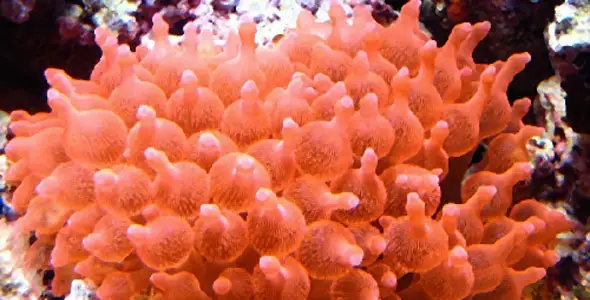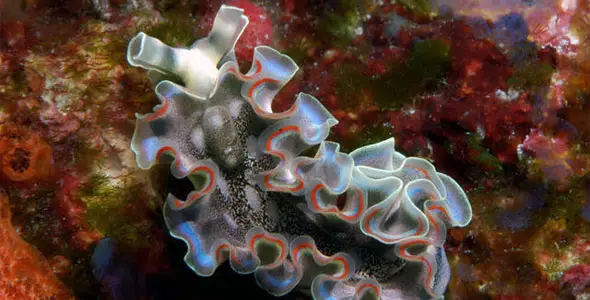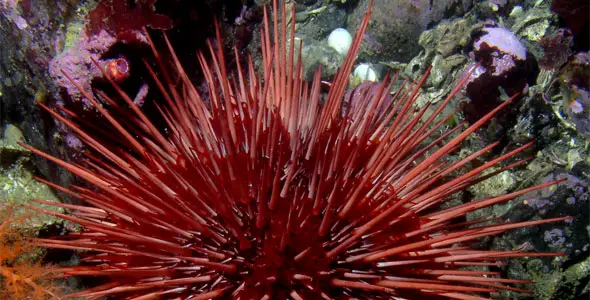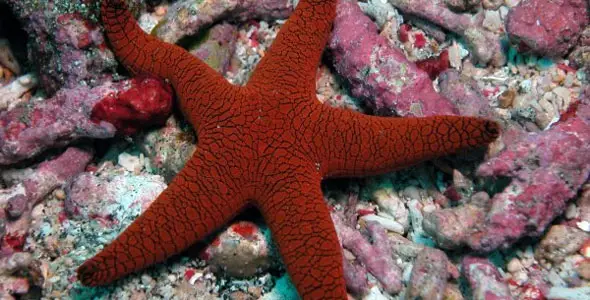Marine aquarium owners with some experience may want to consider adding anemones. They are an important part of building a high-quality, sustainable reef system in your tank as a number of fish and invertebrates rely on them in the ocean to provide nutrition and in some cases camouflage and protection from predators. Keeping anemones should not be attempted by beginning marine aquarists, but there are some that are suitable for intermediate level aquarists that are beginning to build their own reef system.
Sub-Species for Aquariums:
Rose Bulb – A type of bubble tip anemone, the arms are bubble like with thin ends that are a deep rose color. They are usually found in coral rubble or solid reefs. When reaching for food, they will stretch out their tentacles to grasp the food and then bring them back into their bubble-like shape. They require lots and lots of light and an aquarium of at least 30 gallons.
Long Tentacle – Also known as the Corkscrew, Sand, and Red Base anemone, this mass of tangled tentacles can grow to be 20 inches in diameter and is commonly a host for clownfish. It requires an aquarium with a good four inches of substrate to hide in.
Condy – A smaller anemone, the Condy is often found in the Caribbean and Western Atlantic. It has a variety of colorations varying from brown and white in the base and magenta, purple, or green tips on the tentacles. It requires very strong lighting and should be kept, with caution, in a reef tank as it likes to travel and can be aggressive. This species is also commonly known as the Haitian Anemone.
Tube – Also known as the Tube Dwelling anemone, it is best for reef and species-only aquariums. It requires a deep substrate. It is relatively small, only eight inches in diameter, and prefers to be kept in low or no lighting as it is primarily nocturnal. It varies in color from tan or pink to fluorescent green.
Pizza – One of the largest anemones, it is capable of reaching diameters greater than three feet in length in the oceans. It is quite hardy and has small tentacles. It requires good lighting, lots of water movement, and a sandy bottom with rocks, though be aware that it will migrate in search of the best spot. If you add one to a tank with clownfish it will acclimate better.
Care:
Anemones are quite poisonous and care should be taken when adding them to the tank. They will wander in search of their ideal location and in their travels can injure fish and other anemones. Most require a deep, sandy substrate with live rock or a sturdy, established coral reef to grab hold of.
Diet:
Anemones are carnivorous and will require a diet of fish meat, chopped shrimp meat, and other meat heavy foods. It is best to inject it into the water near the anemone to insure that they receive the food without it being eaten by more mobile competitors.
Freshwater/ Saltwater: Saltwater
Diet: Carnivore
Reef Compatibility: 6
Tank Mate Compatibility: 3





